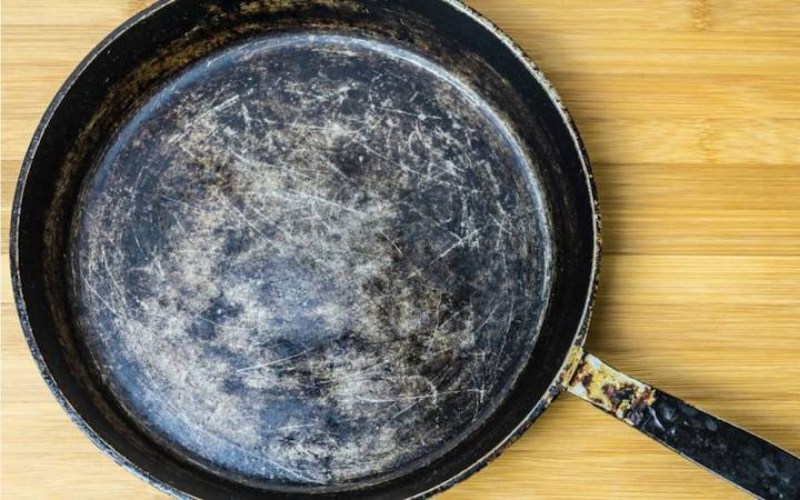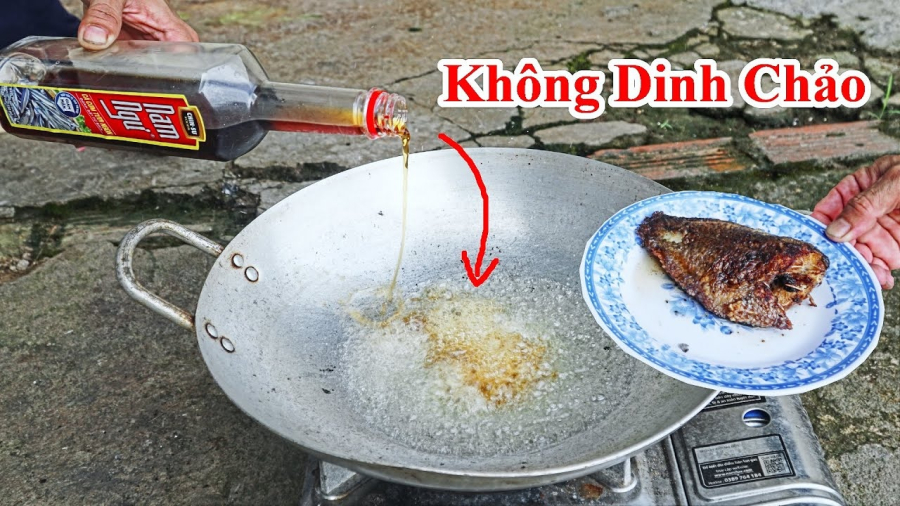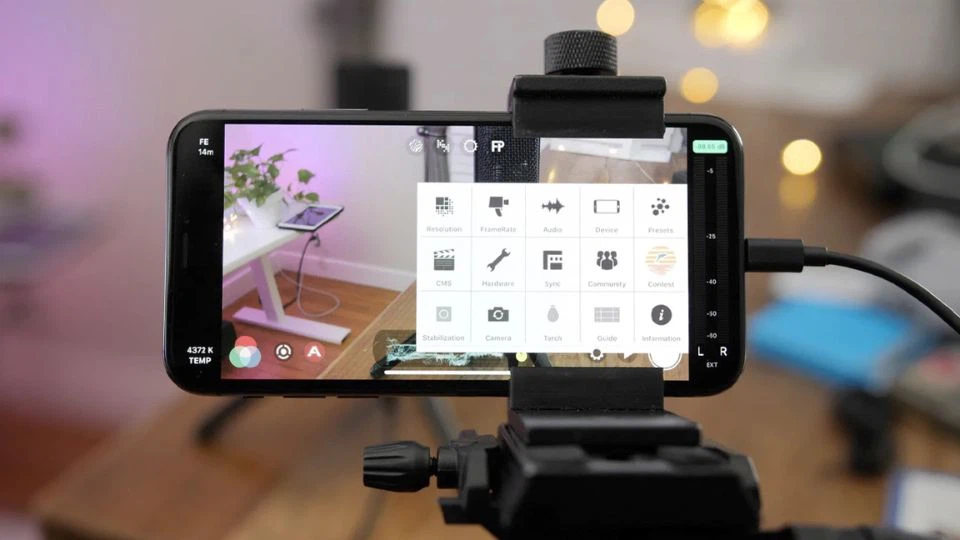Deep-fried foods are a treat, but they can be a hassle to prepare at home, especially when your non-stick pan loses its coating. Fear not, as this simple trick will ensure your food doesn’t stick, break, or lose its aesthetic appeal. With this tip, you can extend the life of your old pan.

Old Pan with a Worn-Out Non-Stick Coating
Most modern frying pans are coated with a substance called Teflon, also known as polytetrafluoroethylene or PTFE. This transparent material was accidentally invented in 1938 for military use but found its way into kitchens in 1951. Teflon creates a slippery, wax-like surface that makes cooking and cleaning a breeze.
While a high-quality non-stick coating on your cookware is generally safe, even if small flakes end up in your food, it’s still important to replace your pans every few years. Overheating a non-stick pan can release toxic chemicals, so it’s crucial to know when to let go and get a new one.
If you’re looking to extend the life of your pan or simply want to avoid the hassle of frequent replacements, this trick will ensure your fish and fried foods don’t stick:

Quick Fix for Non-Stick Pans
**Step 1:** Place your non-stick pan on the stove and heat it up to dry it out. Test by pouring in a spoonful of water; if it boils and evaporates, you’re good to go.
**Step 2:** Pour in some cooking oil or fat and wait for it to heat up until it starts bubbling.
**Step 3:** Carefully place your fish or other food items into the pan and start frying. Ensure your food is patted dry to avoid oil splatter.
## Proper Care for Your Non-Stick Pan:
a. **Let it Cool:** Always let your pan cool down before washing it to avoid thermal shock, which can damage the non-stick coating. This also makes it easier to clean food residue.
b. **Use Soft Sponges:** Abrasive scrubbers can scratch the coating. Opt for soft sponges or cloths, and avoid metal scourers and harsh chemicals.
## Storage Tips:
a. **Store Carefully:** Non-stick pans can get scratched or damaged if not stored properly. Use pan protectors or cloths between pans when stacking to prevent scratches.
b. **Avoid Empty Heating:** Never heat an empty non-stick pan. Always add food or liquid before turning on the heat to avoid overheating and damaging the coating.
## Maintenance Tips:
a. **Oil or Butter:** Using oil or butter while cooking helps maintain the non-stick properties and protects the coating.
b. **Occasional Oil Treatment:** From time to time, heat your pan at a low temperature with a small amount of oil for a few minutes, then wipe it clean with a paper towel. This helps protect and rejuvenate the non-stick coating.
The Ultimate Guide to Frying Fish: Achieve a Golden, Crispy Exterior Without the Need for a Non-Stick Pan
When frying fish, there are a few simple techniques to ensure the fish doesn’t stick to the pan and that the skin becomes crisp and golden. With these easy-to-follow methods, you’ll achieve the perfect fry every time.






































